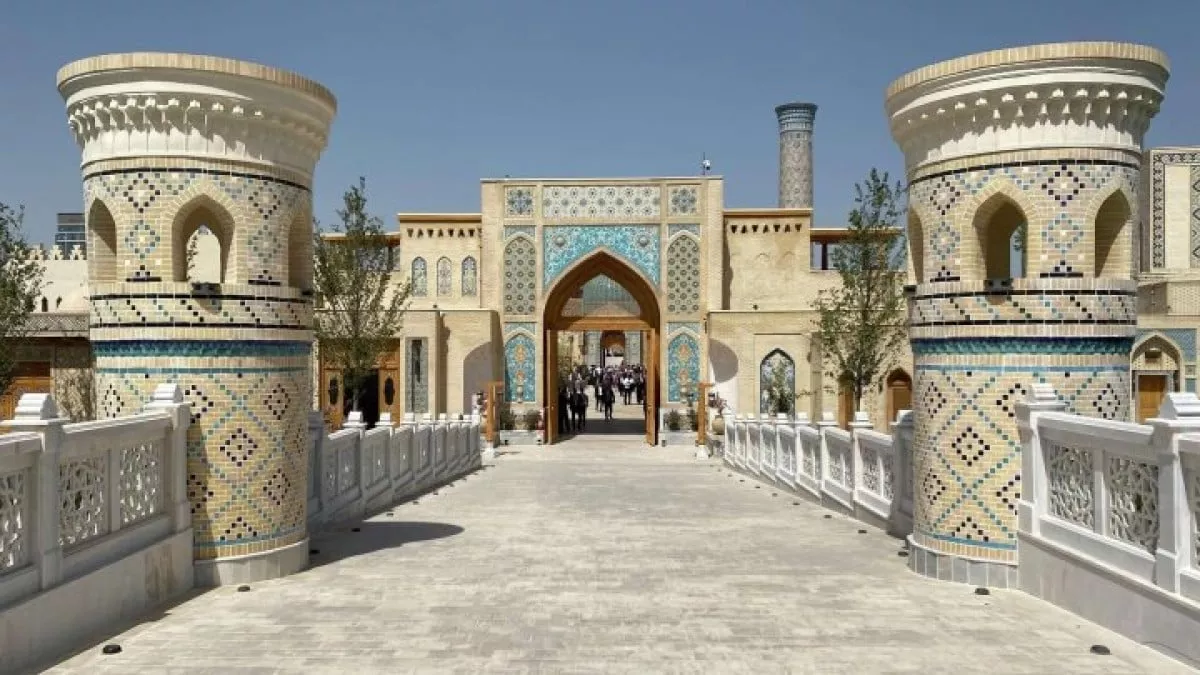
The lack of recreational and leisure areas for the residents of Samarkand city has been raised as a pressing issue. This was reported by Upl.uz.
This issue was discussed at a meeting chaired by the acting governor of the region, Adiz Boboev. The agenda included the inadequacy of the city's infrastructure to meet the needs of the population, particularly the lack of suitable public spaces for children and elderly citizens.
In his speech, Adiz Boboev emphasized that during the hot summer months, the overcrowding of the only existing park limits opportunities for outdoor activities, especially for children and teenagers. He also noted that walking in green areas is important for the health of elderly citizens, but the scarcity of such places exacerbates the problem.
At the meeting, a directive was given to establish a new park in the area of the former military hospital. This green space will cover more than 5 hectares, and the new park is expected to be opened by September 1.
Additionally, it is planned to build modern attractions and water pools on a 7-hectare plot of land next to the "Vatanparvar" park. This will expand opportunities for family recreation.
Instructions were also given to restore the dilapidated park areas in the Sugdiyena and Qorasuv neighborhoods. These measures aim to create local recreation centers in densely populated areas and prevent residents from having to travel to the city center for walks.
These initiatives were announced during the preparation process for a large international festival aimed at enriching the city's cultural life. From August 1-3, the first international pilaf festival will be held in Samarkand.
At the festival, seven tons of national dishes will be prepared and distributed to social institutions, including orphanages, nursing homes, and boarding schools. Historically, Samarkand has been famous for its gardens since the time of Amir Timur.
Gardens like Bag-i Dilkusha were not only places for relaxation but also complex agro-engineering complexes that included fruit trees, flower gardens, and irrigation systems. These traditions continue to play an important role in improving the city's culture and quality of life today.

